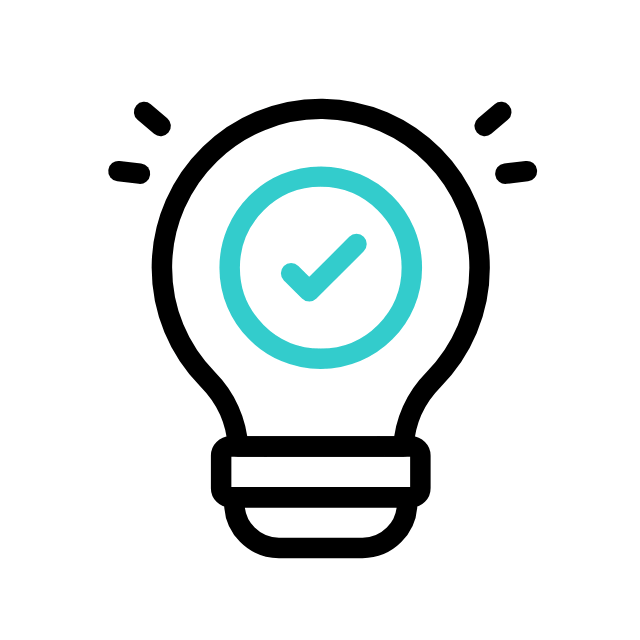
FAQs
We are
PROPEL THY LEARNING
What is Project Based Learning (PBL)?
Project Based Learning (PBL) is an instructional methodology that encourages students to learn and apply knowledge and skills through engaging projects set around real-world challenges and problems. It emphasizes active and experiential learning, integrating various subject areas into a cohesive learning experience.
How does PBL benefit students?
PBL helps students develop critical thinking, problem-solving, and collaborative skills. It promotes deeper understanding of subject matter, increases engagement and motivation, and prepares students for real-world challenges by connecting their learning to practical applications.
How is PBL different from traditional learning methods?
Unlike traditional methods that often focus on rote memorization and isolated subjects, PBL integrates multiple disciplines and encourages students to explore, question, and create. It emphasizes hands-on activities, student-led inquiry, and real-world relevance.
How can PBL be implemented in our school?
Implementing PBL requires a shift in teaching practices and curriculum design. Propel offers comprehensive support including PBL kits for students, lesson plans for teachers, workshops, and ongoing guidance to help schools transition smoothly to PBL.
What support does Propel provide for teachers?
Propel provides detailed lesson plans, weekly meeting frameworks, reflection tools, rubrics for student self-assessment, and various workshops. We also offer continuous support to help teachers effectively implement PBL in their classrooms.
Can PBL be integrated into existing curricula?
Yes, PBL can be integrated into existing curricula. Propel’s resources are designed to complement and enhance traditional curricula, ensuring that key educational standards and learning objectives are met through engaging projects.
What are the differences between PBL Core and PBL XP?
Both PBL Core and PBL XP include essential elements such as student kits, teacher lesson plans, and workshops. PBL XP goes a step further by offering an expedition to a carefully chosen destination, providing students with curated experiences to deepen their engagement and love for learning.
How do we assess student performance in PBL?
Assessment in PBL focuses on both the process and the product. Propel provides rubrics for self-assessment, peer assessment, and teacher assessment, ensuring a comprehensive evaluation of students’ critical thinking, problem-solving, collaboration, and content knowledge.
What resources are available for parents to understand PBL?
Propel offers culmination support that includes materials for showcasing projects to parents, such as PPT designs and banners. We also provide guidance on how to communicate the benefits and outcomes of PBL to parents effectively.
How can I see PBL in action before deciding to implement it?
We invite you to explore our website where you can find case studies, testimonials, and examples of successful PBL implementations. Additionally, you can contact us to arrange a visit to a school currently using our PBL resources.
How much is the investment for implementing PBL in my school?
Our vision is to make PBL accessible and affordable for all aspirational schools. The cost of implementing PBL – Core is embedded within the student kits, which each student receives as part of the program. These kits include all necessary services such as PBL kits for students, detailed lesson plans for teachers, weekly meeting frameworks, reflection tools, rubrics for student self-assessment, various Our vision is to make PBL accessible and affordable for all aspirational schools. The cost of implementing PBL – Core is embedded within the student kits, which each student receives as part of the program. These kits include all necessary services such as PBL kits for students, detailed lesson plans for teachers, weekly meeting frameworks, reflection tools, rubrics for student self-assessment, various
